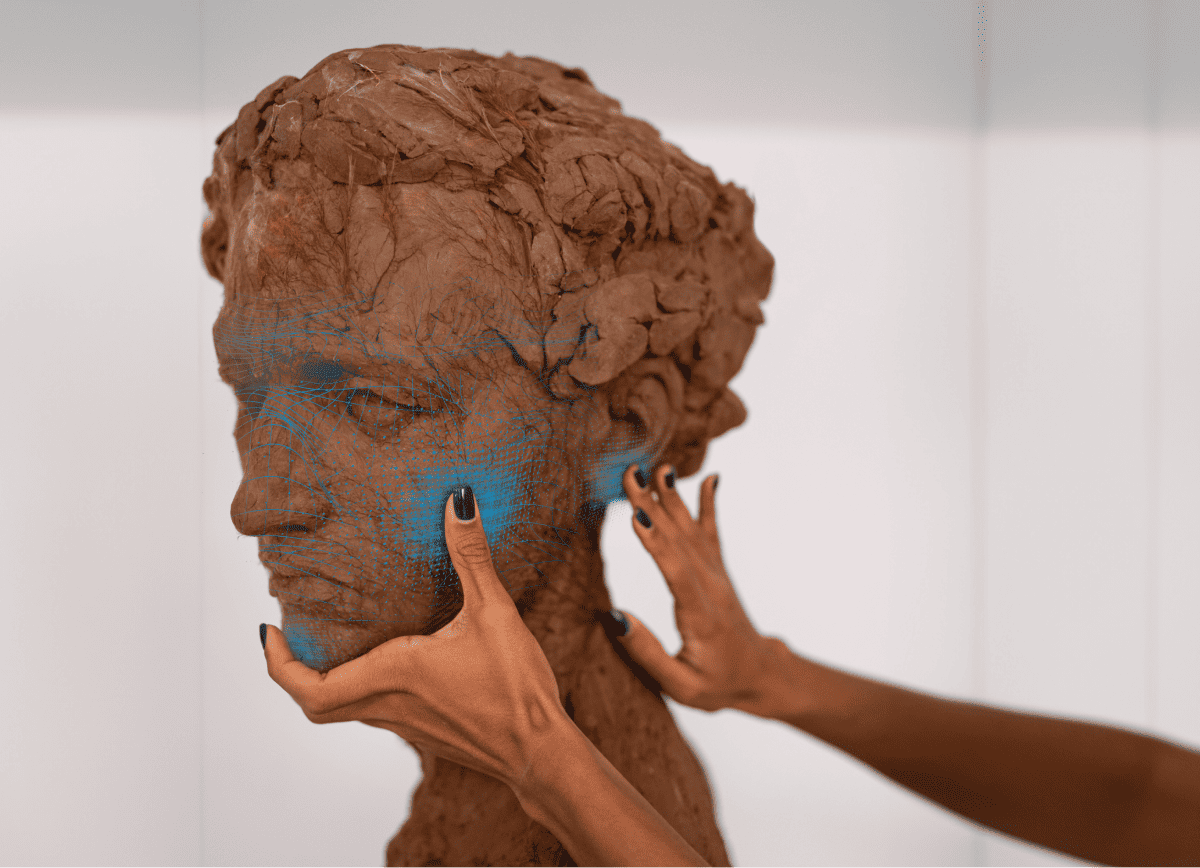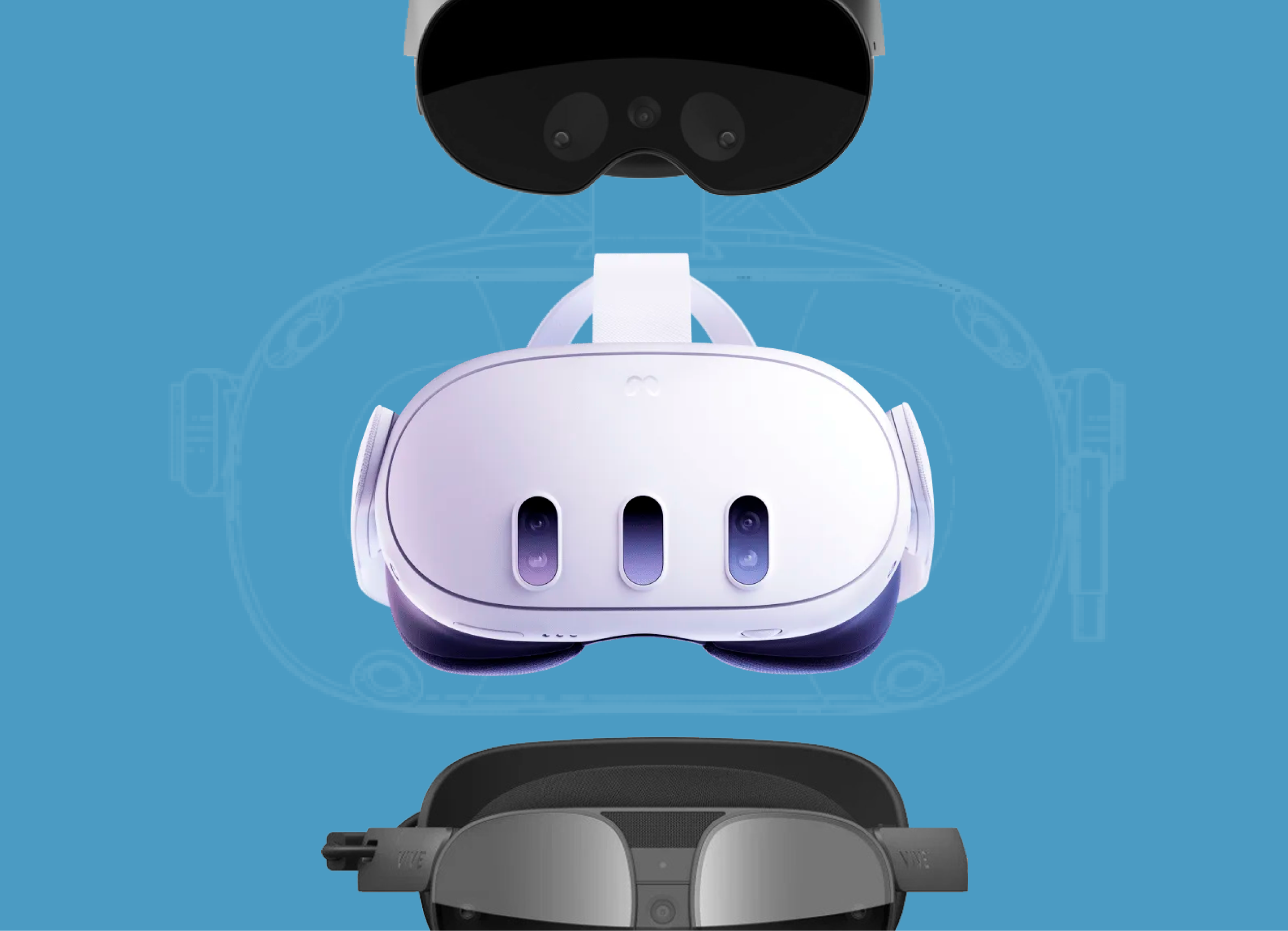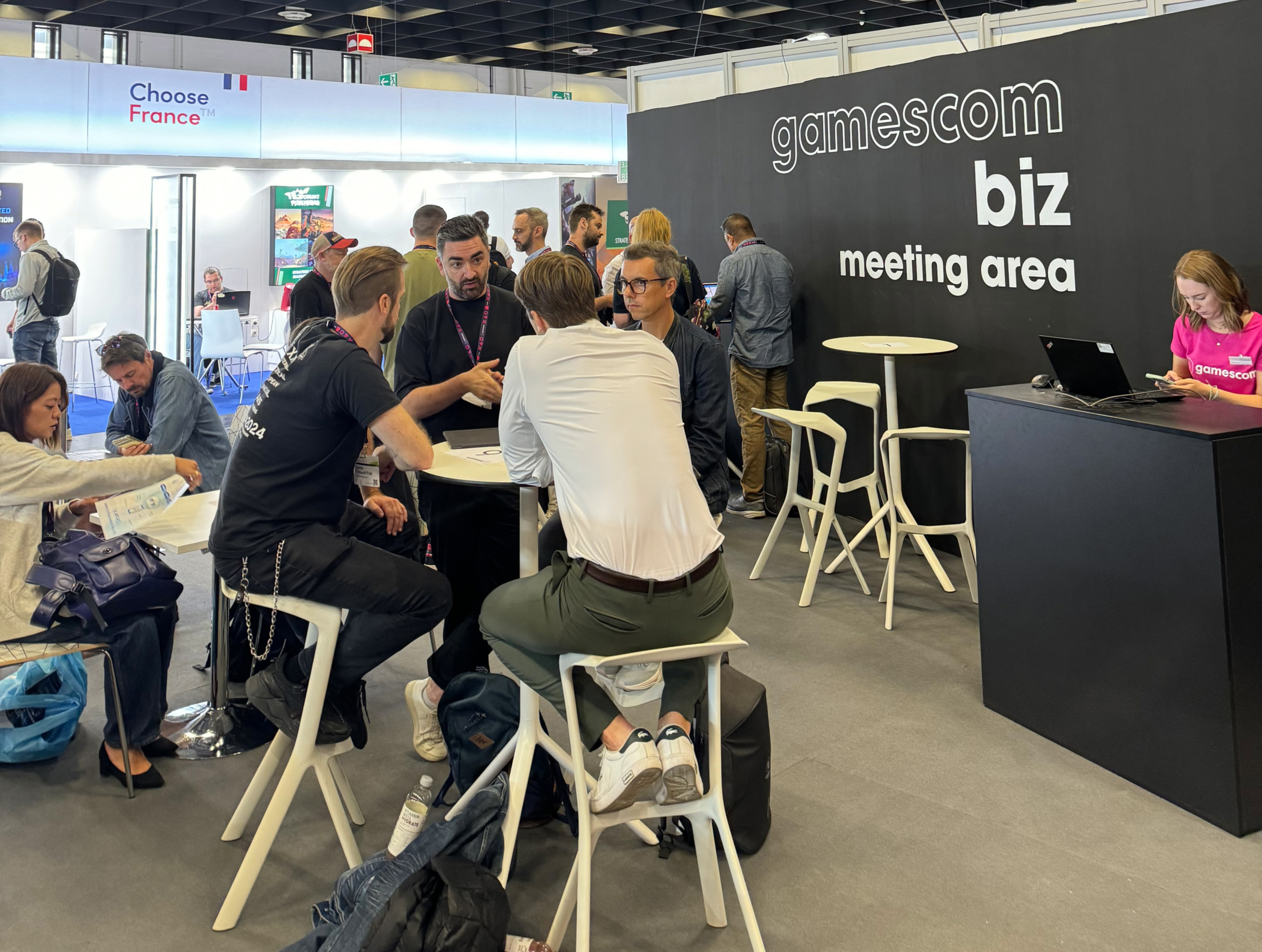
In the realm of art, visual experiences have long been the primary medium of expression, creating a challenge for those with visual impairments. However, a groundbreaking fusion of haptic technology and VR/AR is reshaping the narrative. Explore the innovative synergy between haptic technology and VR/AR and how this collaboration is not only allowing the blind to “see” art but also feel it in ways previously unimaginable.
Artful Touch – Haptic Technology’s Role in Art Appreciation
Haptic technology introduces a tactile dimension to art appreciation by translating visual elements into touch sensations. Equipped with sensors and precision, haptic gloves enable users to feel textures, contours, and shapes of artworks. This groundbreaking technology facilitates a profound understanding of art through touch, providing a bridge to the visual arts that was once thought impossible for the blind to cross.
VR/AR technologies extend this tactile experience into virtual realms, guiding users through art galleries with spatial precision. Virtual environments created by VR/AR technologies enable users to explore and “touch” artworks as if they were physically present. The combination of haptic feedback and immersive VR/AR experiences not only provides a new means of navigating art spaces but also fosters a sense of independence, making art accessible to all.
Prague Gallery Unveils a Touchful Virtual Reality Experience
The Prague’s National Gallery has taken a revolutionary step towards inclusivity in art with its groundbreaking exhibition, “Touching Masterpieces.” Developed with support of Leontinka Foundation, a charity dedicated to children with visual impairments, this exhibit redefines the boundaries of art appreciation.
Visitors to the exhibition, especially those who are blind or visually impaired, are invited to embark on a sensory journey through iconic sculptural masterpieces. Among them are the enigmatic bust of Nefertiti, the timeless Venus de Milo sculpture, and the immortal David by Michelangelo.
What sets this exhibition apart is the integration of cutting-edge technology – haptic gloves. These gloves, dubbed “avatar VR gloves,” have been meticulously customized for the project. Using multi-frequency technology, they create a virtual experience where a user’s hand can touch a 3D object in a virtual world, providing tactile feedback in the form of vibrations.
The key innovation lies in the gloves’ ability to stimulate different types of skin cells’ tactile responses, ensuring that users, particularly the blind, receive the most accurate perception of the 3D virtual objects on display. As visitors explore the exhibit, they can virtually “touch” and feel the intricate details of these masterpieces, transcending the limitations of traditional art appreciation.
Future Possibilities and Evolving Technologies
As technology advances, the future holds even more possibilities for inclusive art experiences. The ongoing collaboration between haptic technology and VR/AR promises further refinements and enhancements. Future iterations may introduce features such as simulating colors through haptic feedback or incorporating multisensory elements, providing an even more immersive and enriching experience for blind art enthusiasts.
The collaboration between haptic technology and VR/AR is ushering in a new era of art perception, where touch and virtual exploration converge to create a truly inclusive artistic experience. By enabling the blind to “see” and feel art, these technologies break down barriers, redefine traditional boundaries, and illuminate the world of creativity for everyone, regardless of visual abilities. In this marriage of innovation and accessibility, art becomes a shared experience that transcends limitations and empowers individuals to explore the beauty of the visual arts in ways never thought possible.



